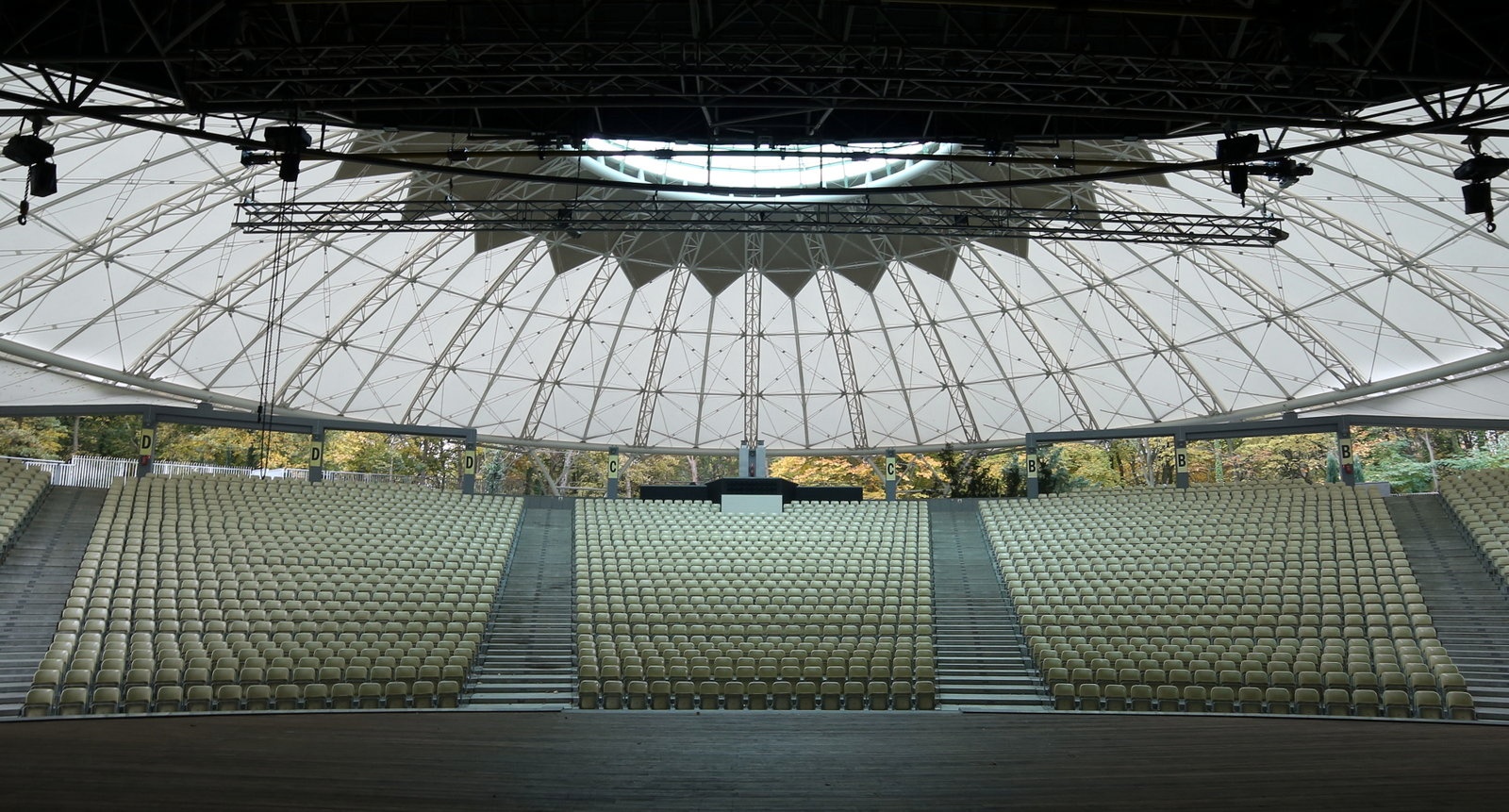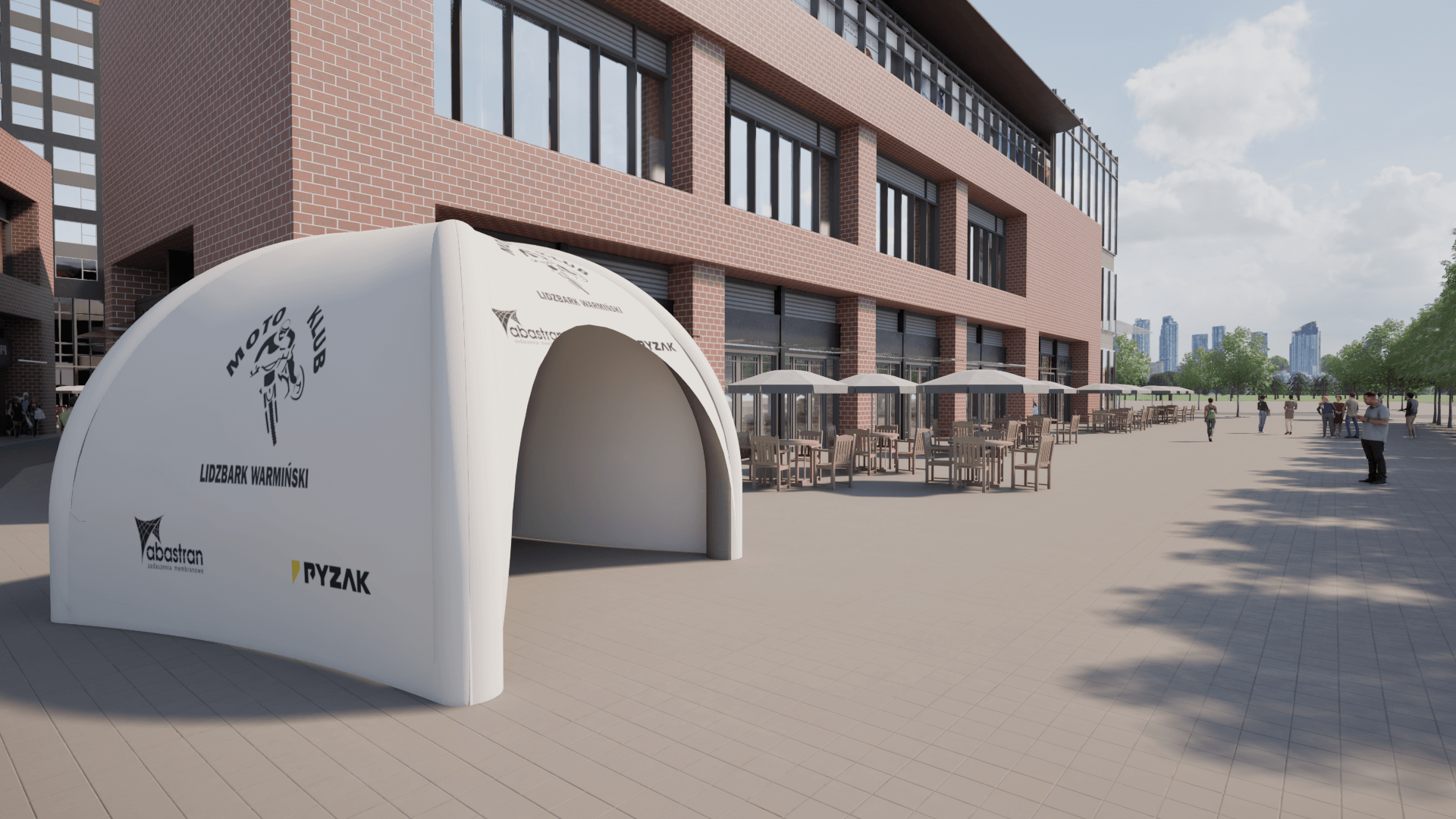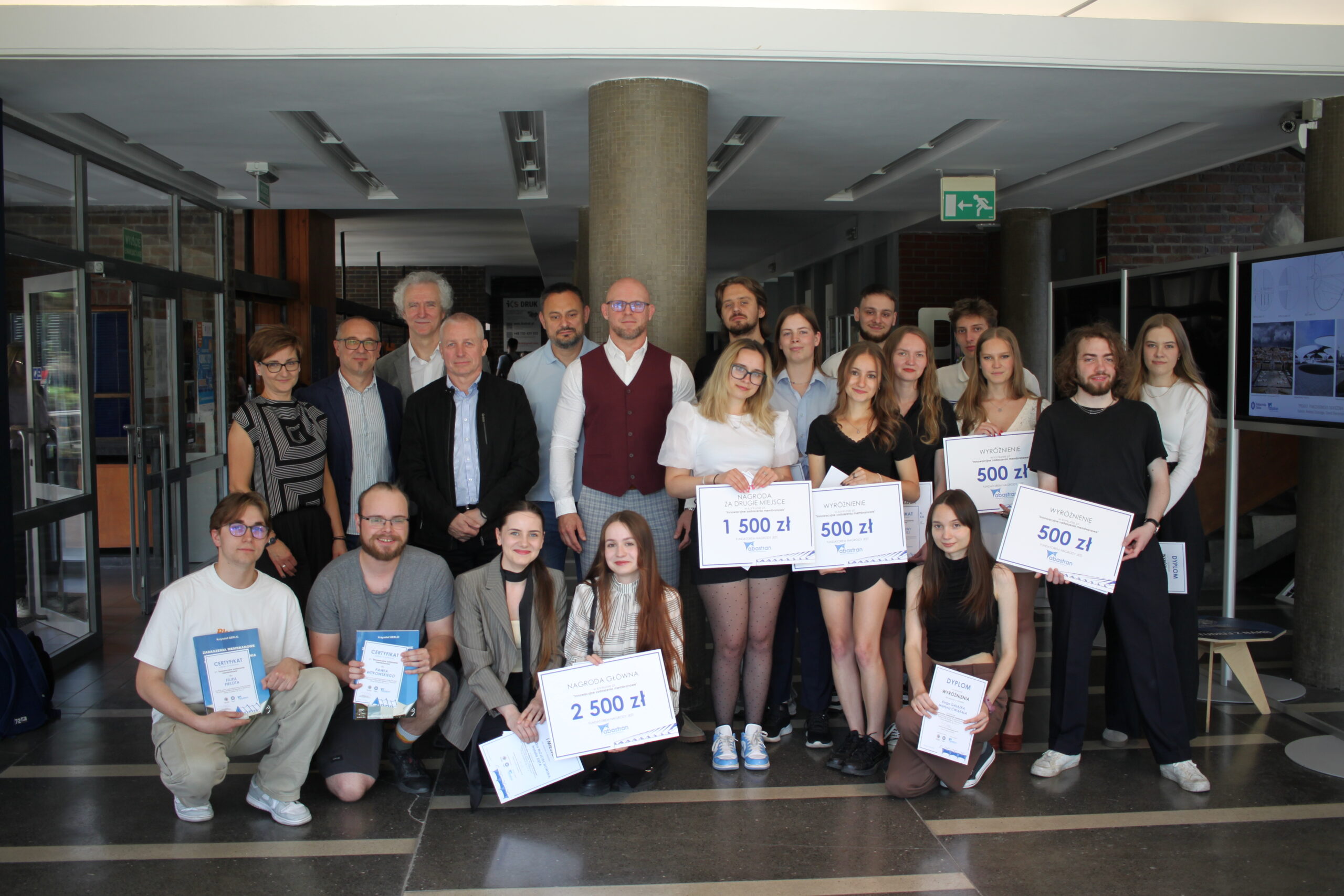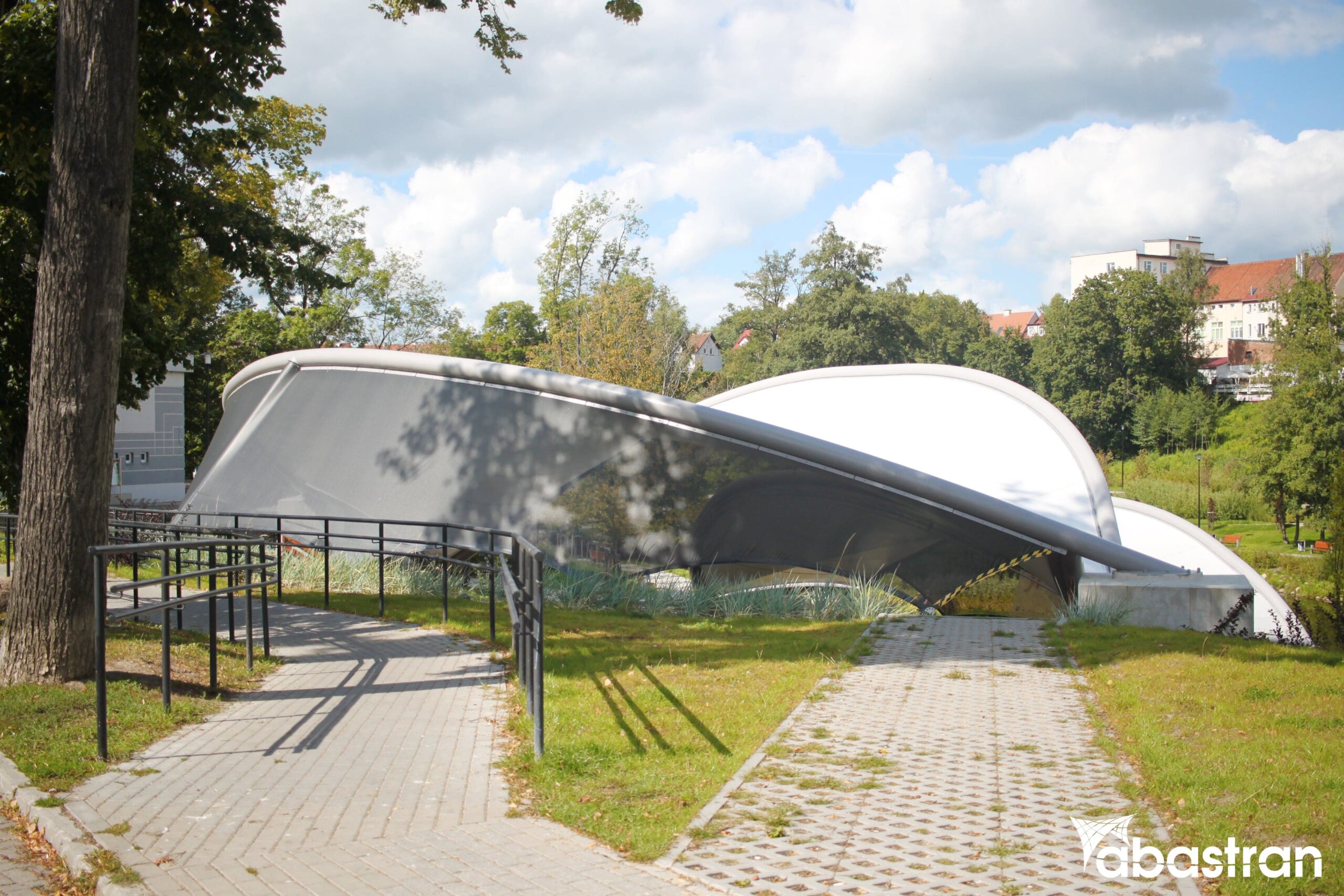
How to Choose the Ideal Roofing for a Municipal Amphitheater?
You are faced with the challenge of designing a roof for an amphitheater. This is no ordinary roof. It’s a structure that must reconcile aesthetics with absolute safety requirements, acoustics with resistance to extreme weather conditions, and architectural vision with physics. How can all these elements be combined into a cohesive, functional, and inspiring design? Would a lightweight membrane structure be better, or perhaps a proven steel structure with polycarbonate cladding?
In this guide, we will walk you through the key decision-making and technical stages. Instead of dry definitions, you will receive practical advice based on engineering experience. We will show you what to pay attention to, which mistakes to avoid, and what possibilities modern technologies open up. Treat this as a consultation with a team of engineers who daily transform bold concepts into real, safe structures.
Foundations of Your Project: Where to Begin the Analysis?
Before delving into the selection of materials and load-bearing systems, you must precisely define the boundary conditions of your project. This is an absolute prerequisite that will determine all further technical decisions. Start by answering a few fundamental questions that will shape your concept and help avoid costly changes at later stages.
The first step is the analysis of climatic loads. You must precisely determine the snow and wind zones for the given location according to applicable PN-EN standards. This is not a formality! The safety of thousands of people depends on it. Does the designed structure need to withstand a snow load of 1.2 kN/m², or perhaps an extreme 2.0 kN/m²? What are the wind pressure and suction for the given roof geometry? Only with this data can you begin to think about the shape and material of the structure. Equally important is the analysis of local conditions – is the facility located in an area under conservation protection? Such a situation often imposes the requirement of visual lightness and minimal interference with the surroundings, which may direct you towards slender cable structures or transparent coverings.
Selecting the Roofing Material: Membrane, Polycarbonate, or Maybe ETFE?
The choice of roofing material is a decision that affects everything: from appearance, through performance properties, to the requirements for the load-bearing structure. Each solution has its unique technical parameters that you must match to your project’s assumptions.
Membrane Structures: Lightness and Sculptural Form
Modern membrane structures are the domain of lightweight spatial structure engineering. They allow covering vast spans with minimal self-weight. This is an ideal solution when you desire a spectacular, organic form.
- PVC Membranes: This is an economical and proven solution, offering great design flexibility and durability of 15-20 years.
- PTFE Membranes: Coated with Teflon, they are characterized by exceptional resistance to UV radiation and dirt. Their surface has self-cleaning properties, significantly reducing maintenance costs. Durability? Even over 30 years.
- ETFE Films: This is an ultralight, transparent material, often used in the form of two or three-layer pneumatic cushions. It provides excellent natural light, great thermal insulation, and almost unlimited forming possibilities.
In Abastran projects, we often use the form-finding process, where we analyze stresses in the membrane using advanced software to obtain an optimal, stable shape. This is crucial for the safety and durability of tensile structures.
Cellular Polycarbonate: Proven Durability and Natural Light
A polycarbonate roof is a solution valued for its excellent balance between technical parameters and versatility. If your priority is durability, fire safety, and optimal natural light for the audience, this is a direction you must consider.
The key parameter here is fire classification. For public utility buildings, the absolute minimum is the use of panels with NRO classification (Non-Fire Spreading). Cellular polycarbonate, thanks to its internal structure, also offers good thermal and acoustic insulation. Modern panels have layers protecting against UV radiation, which prevents yellowing and material degradation, ensuring an aesthetic appearance for years.
Load-Bearing Structure: Steel, Wood, or Cable System?
Regardless of its type, the roof covering needs a solid framework. It is the load-bearing structure that transfers all loads to the foundations and guarantees the stability of the entire facility. The choice of system depends mainly on the span, the weight of the covering, and the desired architectural effect.
The most common and versatile solution is a steel structure for the amphitheater. It allows the realization of virtually any form, from massive prefabricated arches assembled on-site using heavy cranes to slender spatial trusses. The key here is the optimization of cross-sections and connections to achieve the required load-bearing capacity with the lowest possible weight. An alternative is glued laminated timber (BSH), which brings a warm, natural character to the project, but requires a more rigorous maintenance regime.
Lightweight cable structures are gaining increasing popularity, especially for membrane roofs. At Abastran, we specialize in designing these types of systems, where membranes are stretched on steel masts and tension cables. This technology allows minimizing the number of supports and creating the impression that the roof is floating in the air. This is engineering in its purest form, where each element works with maximum efficiency.
Acoustics Under Control: How the Roof Affects Sound?
An amphitheater roof is a powerful acoustic modifier. It can become your ally, acting like a concert shell and amplifying sound, or an enemy, generating unfavorable echo and reverberation. The shape and material of the roof are fundamentally important here.
Hard, smooth surfaces, such as glass or polycarbonate, will strongly reflect sound waves. Proper profiling can direct sound directly to the audience, improving audibility. Membranes, on the other hand, depending on their tension and surface mass, can both reflect and partially absorb sound. ETFE films in cushion systems offer different properties. This is precisely why consulting an acoustician already at the concept stage is not just recommended, but necessary. Computer simulations will allow optimizing the roof geometry and avoiding acoustic problems in the finished facility.
From Concept to Realization: Key Stages and Potential Challenges
The realization of a project as complex as an amphitheater roof requires iron discipline and a well-thought-out schedule. Our experience at Abastran shows that the key to success is dividing the process into logical, successive stages.
- 1. Analysis and feasibility study: Definition of assumptions, analysis of conditions, preliminary concepts.
- 2. Conceptual and construction design: Development of the chosen concept, static calculations, obtaining necessary permits.
- 3. Detailed design: This is the heart of the entire process. Preparation of detailed workshop drawings for each structural element, connection details, material specifications.
- 4. Pre-fabrication: Production of structural elements under workshop conditions, ensuring the highest quality and precision.
- 5. Installation: Transport logistics, site preparation, and precise assembly of the structure, often using specialized equipment.
Challenges may arise at each of these stages. Unexpected ground conditions requiring foundation modifications, problems with the logistics of transporting large elements, or the need to work within limited time windows. This is why it is so important for your engineering partner to have experience in risk management and be able to react flexibly to changing conditions.
Durability and Inspections: How to Ensure Structure Safety for Years to Come?
Designing and erecting a structure is only half the battle. The real test for engineering is time. To ensure your roof remains safe and functional for decades, you must plan its maintenance and regular inspections from the very beginning. This is a legal requirement stemming from the Building Law, but above all, a duty to future users.
Each type of structure requires a different maintenance plan. For membrane roofs, regular inspection of cable tension and the condition of the membrane itself is crucial. Steel structures require inspection of anti-corrosion coatings and bolted connections. In the case of wood, it is necessary to check the condition of impregnation and potential foci of biological corrosion. A good detailed design should include a detailed operation and inspection manual that clearly specifies what, how, and how often to inspect.
Designing an amphitheater roof is a fascinating journey through the world of modern engineering. It is an opportunity to create a facility that will not only be safe and functional but will also become an architectural icon and the heart of the local community. We hope this guide has provided you with a solid foundation and inspired you to seek bold, innovative solutions.
If you are facing such a challenge and want to be sure that your vision will be realized with the utmost engineering care, consult your project with our team. At Abastran, we combine a passion for creation with solid technical knowledge to deliver structures that exceed expectations.

Advertising Tents as an Investment – How to Increase Brand Recognition at Events?

Competition for Innovative Membrane Roofing – Results and Inspirations
This year, we had the pleasure of organizing a competition together with the Faculty of Architecture at the Silesian University of Technology for 6th-semester students to design innovative membrane roofing. The award ceremony, held at the Faculty of Architecture in Gliwice, was the culmination of the young designers’ creative and technical journey.









